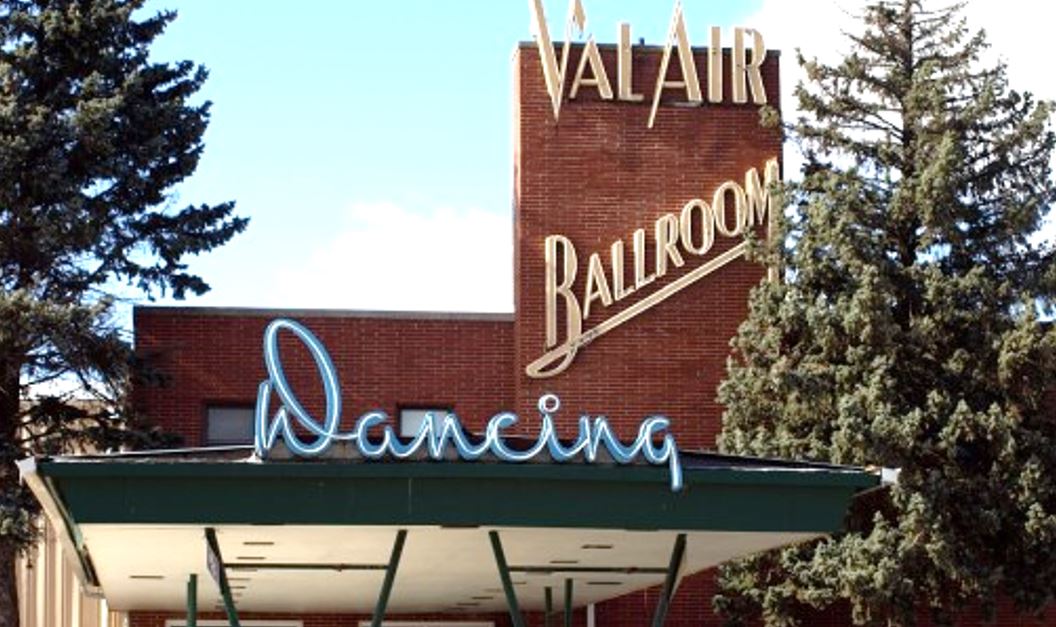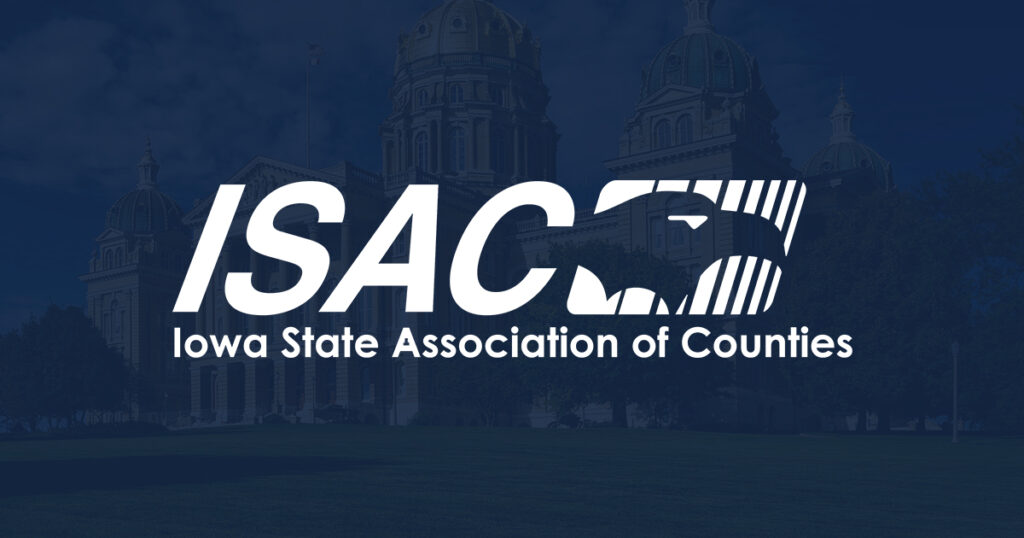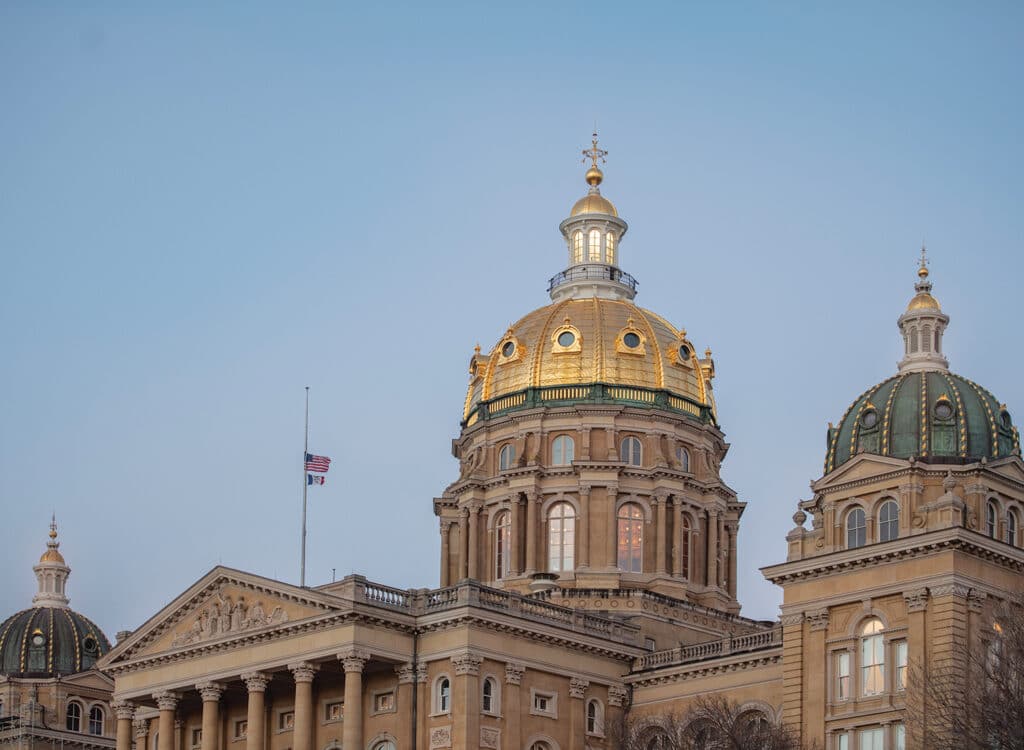Local music promoter buys Val Air Ballroom in West Des Moines

KATHY A. BOLTEN Jan 19, 2022 | 1:53 pm
3 min read time
675 wordsAll Latest News, Arts and Culture, Real Estate and DevelopmentThe Val Air Ballroom, which has hosted scores of events featuring nearly every genre of music over the past 82 years, has been purchased by a local music promoter who plans a historical renovation of the structure that will include updates to the sound system and interior.
VAB LLC paid $1.9 million for the 8.5-acre parcel at 301 Ashworth Road in West Des Moines. VAB LLC is managed by Samuel Summers, owner of Wooly’s, a live music venue in Des Moines’ East Village, and First Fleet Concerts, a local promotion company.

The ballroom’s previous owner put the property on the market more than six years ago, according to a report by the nonprofit Neighborhood Development Corp. for the city of West Des Moines. The previous owner, Michigan-based DI Properties LLC, had originally sought $3 million for the property it had acquired in 2003.
The property includes the 30,956-square-foot Val Air Ballroom, which was built in three phases. The ballroom’s foundation was constructed in 1919-20 and originally was intended to be the floor of a multilevel rubber factory, according to a history compiled by Neighborhood Development. The company went into receivership and the factory wasn’t built.
In 1939, a partially covered ballroom was built on top of the abandoned factory foundation, according to the history. The covered portion of the facility included a hardwood maple dance floor, a stage, a checkroom, bars and restrooms. The open-air portion of the ballroom had a polished concrete dance floor.
In the mid-1950s, the ballroom was fully enclosed with a steel-support roof, exterior masonry walls and a front canopy, according to the history. The interior was redone in 1961 after a fire.
Over the years, numerous big-name acts performed at the Val Air, including Duke Ellington, Jimmy and Tommy Dorsey, the Everly Brothers, Brenda Lee, and Chubby Checker, according to the history. The venue now hosts a mix of rock, blues and Latino artists.
The property is valued at $1.4 million, with nearly all of the valuation in the land, according to the Polk County assessor.
In the 2016 Neighborhood Development report, the group estimated renovations would cost more than $1 million. The report also said the building could be eligible for state and federal history tax credits, which could help defray costs to update the structure.
Summers, in his email, wrote that the Val Air would continue to operate through the end of 2022. After that, a full historical renovation is planned, he wrote.
Included in the planned renovations are updates to the sound system and the stage production and backstage facilities, Summers wrote. “This will increase access to the types of shows the venue can produce and bring a variety of entertainment to the market.”
In recent years, the city of West Des Moines has received complaints from neighbors about the loud music coming from the Val Air. Summers wrote that “we’ll be working through our remodel with our neighbors in mind. We have contracted a sound engineer who will design a plan to provide the best quality concert experience for our attendees while avoiding disturbance to the community.”
The remodeling will also include adding more restrooms, an elevator and more sprinklers and upgraded heating, cooling and filtration systems.
Photo above: The entry to the Val Air Ballroom at 301 Ashworth Road in West Des Moines. Photo courtesy of city of West Des Moines
Where did Val Air get its name?
In 1939, Thomas Archer purchased the site where the Val Air Ballroom is now located and built the partially enclosed ballroom, according to a history compiled by Neighborhood Development Corp. Archer came up with the name “Val Air” by combining the first part of Valley Junction – the historical area of West Des Moines – and “open air,” which referred to the open-air ballroom.









